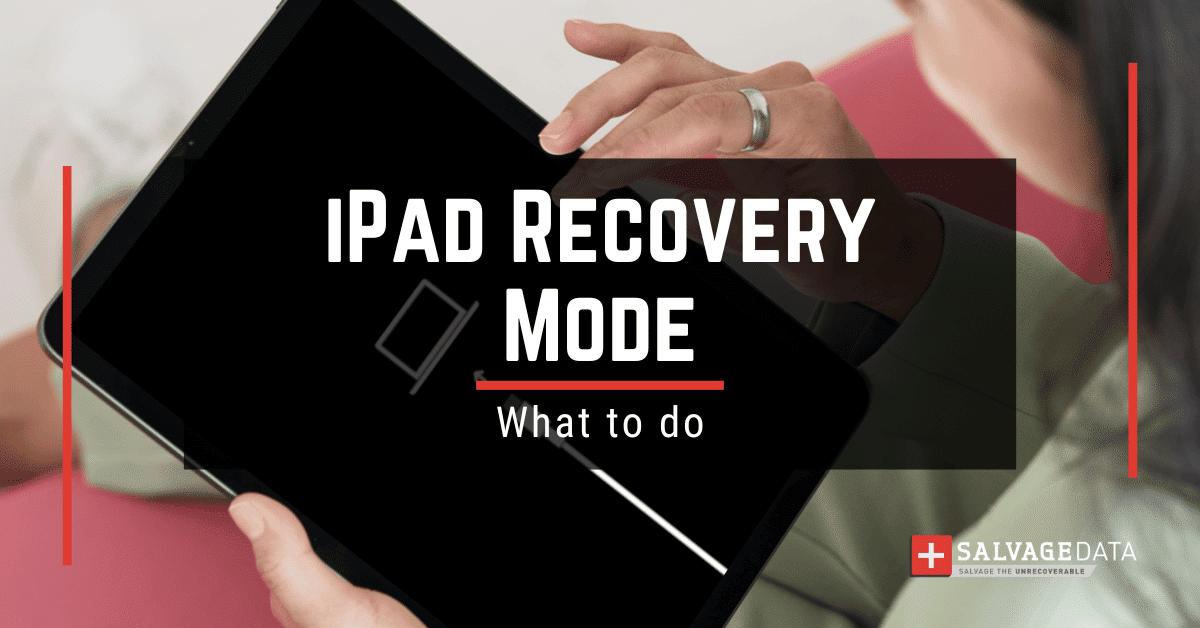Recent Articles
Quickest Mobile Data Recovery Case: 100% of Data Recovered in One Hour
How to fix a corrupted database on PS4
How to Troubleshoot Black or Blank Screens in Windows
LockBit Ransomware: A Comprehensive Guide to the Most Prolific Cyber Threat
How To Use iPad Recovery Mode
How to Prevent Overwriting Files: Best Practices
External Hard Drive Not Showing Up On Windows – Solved
How to Fix a Corrupted iPhone Backup
Common VMware Issues and Troubleshooting Solutions

I think there's an issue with my storage device, but I'm not sure Start a free evaluation →
I need help getting my data back right now Call now (800) 972-3282
Backup and remote wiping procedures are two critical components of data security and management for individuals and organizations. Together, they form a comprehensive approach to data protection: Backups ensure that data can be recovered, while remote wiping prevents sensitive information from being accessed by unauthorized parties.
Backup refers to the process of creating and storing copies of important data to protect against loss or corruption. This involves regularly saving data to secure locations such as cloud storage, external hard drives, or dedicated backup servers.
On the other hand, remote wiping is a security feature that allows device owners or administrators to remotely delete data from a computing device, such as a smartphone, tablet, or laptop. This capability is particularly useful when a device is lost, stolen, or falls into unauthorized hands.
Why you should consider enabling remote wiping
- To prevent data loss
- To protect sensitive information from unauthorized access
- To maintain business continuity
- To comply with data protection regulations
- Recover data that may have been compromised or encrypted by malware
- Assist in damage control by quickly removing potentially compromised data from lost or stolen devices
How to backup data to prevent data loss
Backup is the safest method to ensure data availability regardless of the incident type: accidental deletion, hardware failure, or cyber-attacks.
When creating your backups, follow the next steps:
- Identify critical data that needs to be backed up.
- Choose a backup method (cloud or multi-cloud storage, external hard drive, etc.).
- Set up an automated backup schedule.
- Regularly test the backup process to ensure data can be recovered.
- Store backups securely, preferably in multiple locations.
To increase your chances of quickly recovering data with backups, you must implement the 3-2-1 backup solution:
3 copies of your files
Stored in 2 devices
With 1 copy stored offline and off-site

Applying secure remote wiping
Remote wiping solutions provide an additional layer of security to protect your data from unauthorized access. This applies to both personal devices (such as computers and mobile phones) that contain sensitive information like bank accounts and contacts, and business devices that store company credentials and important data.
Best practices for secure remote wiping:
- Implement a Mobile Device Management (MDM) solution or enable built-in remote wipe features.
- Establish a clear policy for when remote wiping should be used.
- Train employees on the importance of reporting lost or stolen devices immediately.
Steps to take when a device is reported lost or stolen:
- Attempt to locate the device using tracking features.
- If recovery is unlikely, initiate the remote wipe process.
- Log into the MDM solution or device’s remote management portal.
- Select the device to be wiped.
- Choose the type of wipe (full device or selective data wipe).
- Execute the wipe command.












